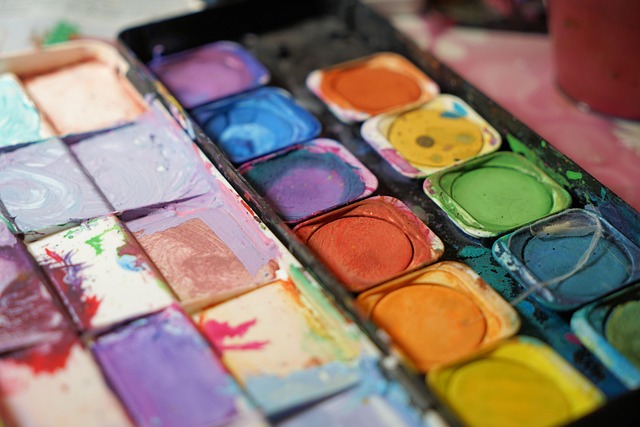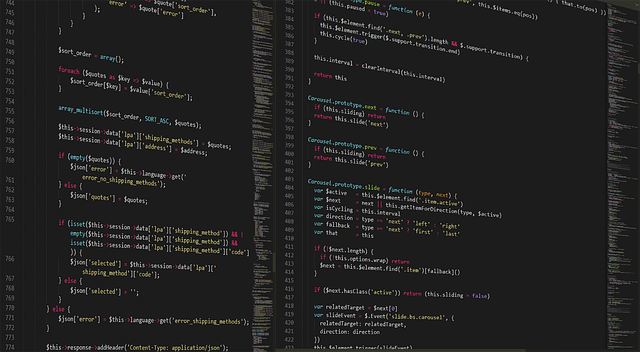
“Mastering the Art of the Brushstroke: Techniques for Painting”
Mastering the Art of the Brushstroke: Techniques for Painting
The brushstroke is more than just a movement of a tool across a canvas; it is a language, an emotion, and perhaps the most fundamental technique in the world of painting. Whether you’re a seasoned artist or a budding novice, understanding and mastering the brushstroke can elevate your work to new heights. Every stroke tells a story, captures a feeling, and can transform your creative vision into reality.
The Power of the Brushstroke
There’s something magical about watching paint flow from your brush to the canvas. As you dip your brush into vibrant colors, you hold the power to express your innermost thoughts and feelings. Each brushstroke is a unique mark that can evoke a range of emotions. From the soothing swirls of a landscape to the dynamic intensity of an abstract piece, the way you manipulate your strokes can dramatically influence the final outcome.
Explore Different Brushstroke Techniques
To truly master the brushstroke, you need to experiment with various techniques. Here are some methods to explore:
- Dry Brush Technique: This technique involves using a dry brush loaded with minimal paint. The result is a textured finish that adds depth and interest to your work. It’s perfect for creating a rough surface or emphasizing certain areas of your painting.
- Glazing: By applying thin layers of transparent paint, you can create luminous effects and build complexity in your colors. Glazing allows for subtle shifts in tone and depth, enhancing the overall mood of your artwork.
- Stippling: A technique that involves applying small dots of paint to form images, stippling can create intricate details. Varying the density of your dots can allow for smooth transitions or stark contrasts.
- Impasto: For those who love bold texture, the impasto technique involves using thick paint to create visible brushstrokes. This method adds a three-dimensional quality to your artwork, inviting the viewer to engage with the piece on a tactile level.
- Sgraffito: This technique entails scratching through a layer of paint to reveal a different color underneath. It can be an exciting way to create lines and shapes, adding a level of spontaneity to your composition.
Finding Your Unique Brushstroke Style
Every artist has a unique voice, and your brushstroke is a pivotal aspect of that voice. Take time to explore and develop your personal style. Watch how different brushes and tools alter your strokes. A fan brush may create different effects than a round brush or a flat brush, and experimentation is key to finding what resonates with you.
Keep a sketchbook where you practice various brushstroke techniques. This not only serves as a visual diary of your progress but also helps to solidify your understanding of how each stroke delivers different feelings to your artwork. Reflecting on your journey can also be a source of inspiration, enabling you to watch your evolution as an artist unfold.
Brushstroke in the Digital Age
In today’s world, the concept of brushstroke extends beyond traditional painting. Digital painting tools offer a variety of brushes and effects that mimic the physical properties of paint, allowing you to explore brushstroke techniques in a new medium. Embrace this evolution; learning how to translate your physical brushstroke techniques into the digital realm can expand your artistic capabilities significantly.
Ultimately, mastering the art of the brushstroke is about embracing the journey, not rushing to a destination. Each moment spent practicing is a step toward honing your craft and discovering the infinite possibilities that await you on your canvas. So grab your brush, let your imagination flow, and enjoy the essence of creation!


